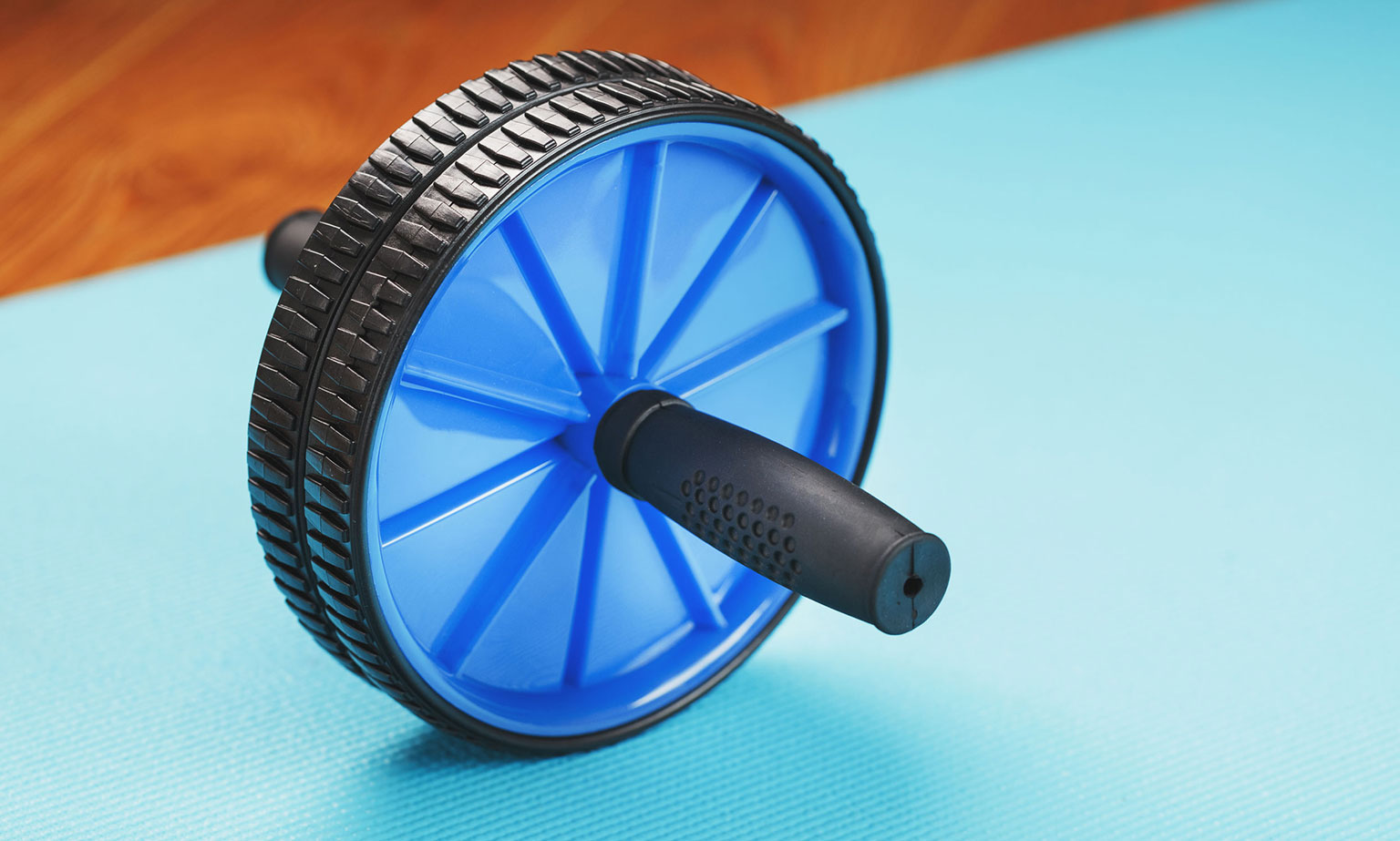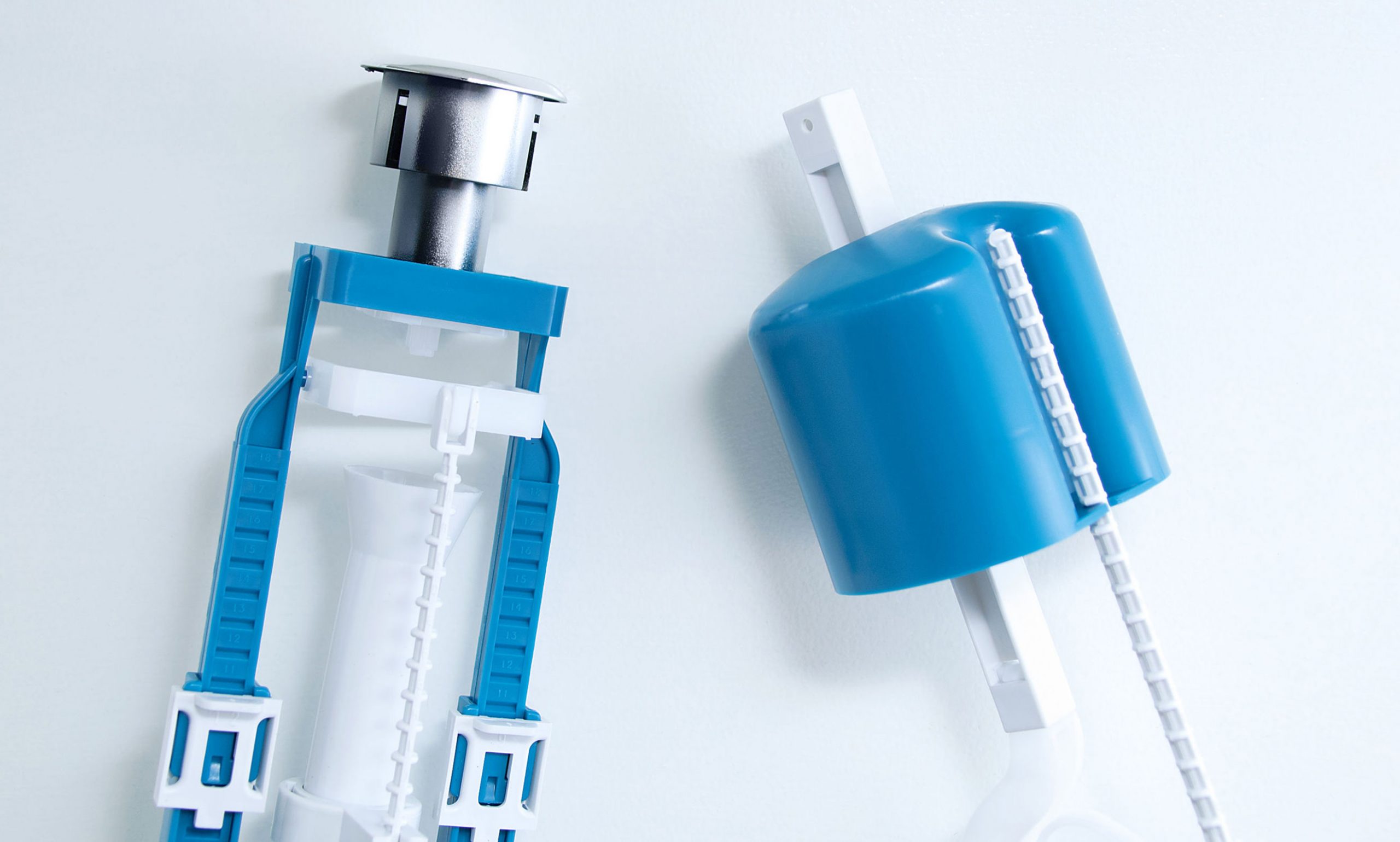Recycled Polypropylene has many of the same benefits that traditional Polypropylene possesses. Like traditional polypropylene, rPolypropylene has very low reactivity, high melting point, and durability. It does not react with water, detergents, acids, or bases, and can withstand temperatures up to 160 degrees! Each of the individual types we offer has its own unique properties and benefits.
Because Polypropylene is a resin. This means these polymers can be used in blow moulding and injection moulding, film, sheet, extrusion, fibre, and thermoforming. The key difference between traditional ad recycled polypropylene is that rPolypropylene is not designed for use in the food industry. Unlike traditional polypropylene, it cannot be used in food packaging. rPolypropylene is still an excellent choice for use in the automotive, construction, and building industries, as well as still being a good choice for non-food related packaging, such as consumer products.
-
rPolypropylene Copolymer, or rPPCP cannot be used in food packaging. Apart from that, its usages and properties are largely the same as traditional PPCP. rPPCP is usually used for its characteristic strength. It is tougher and more durable than rPPHP and has good stress crack resistance. These properties do mean that it is slightly softer than rPPHP, however. -
rPolypropylene Homopolymer, or rPPHP cannot be used in food packaging. Apart from that, its usages and properties are largely the same as traditional PPHP. rPPHP is a very strong and stiff, and its chemical resistance makes it very useful for the creation of structures that need to be able to resist corrosion. It is most useful for its durability and resistance at low temperatures. -
rPolypropylene Random Copolymer, or rPPRP, cannot be used in food packaging. Apart from that, its usages and properties are largely the same as traditional rPPRP. rPPRP is usually used for its greater clarity and transparency. It can be used in blow moulding, injection moulding, for a variety of packaging. It is still rigid with good durability at low temperatures and is also a good cost-effective choice for polypropylene. It has a lower melting point than some of the other forms of polypropylene however, possessing a melting point of around 132 degrees Celsius.




